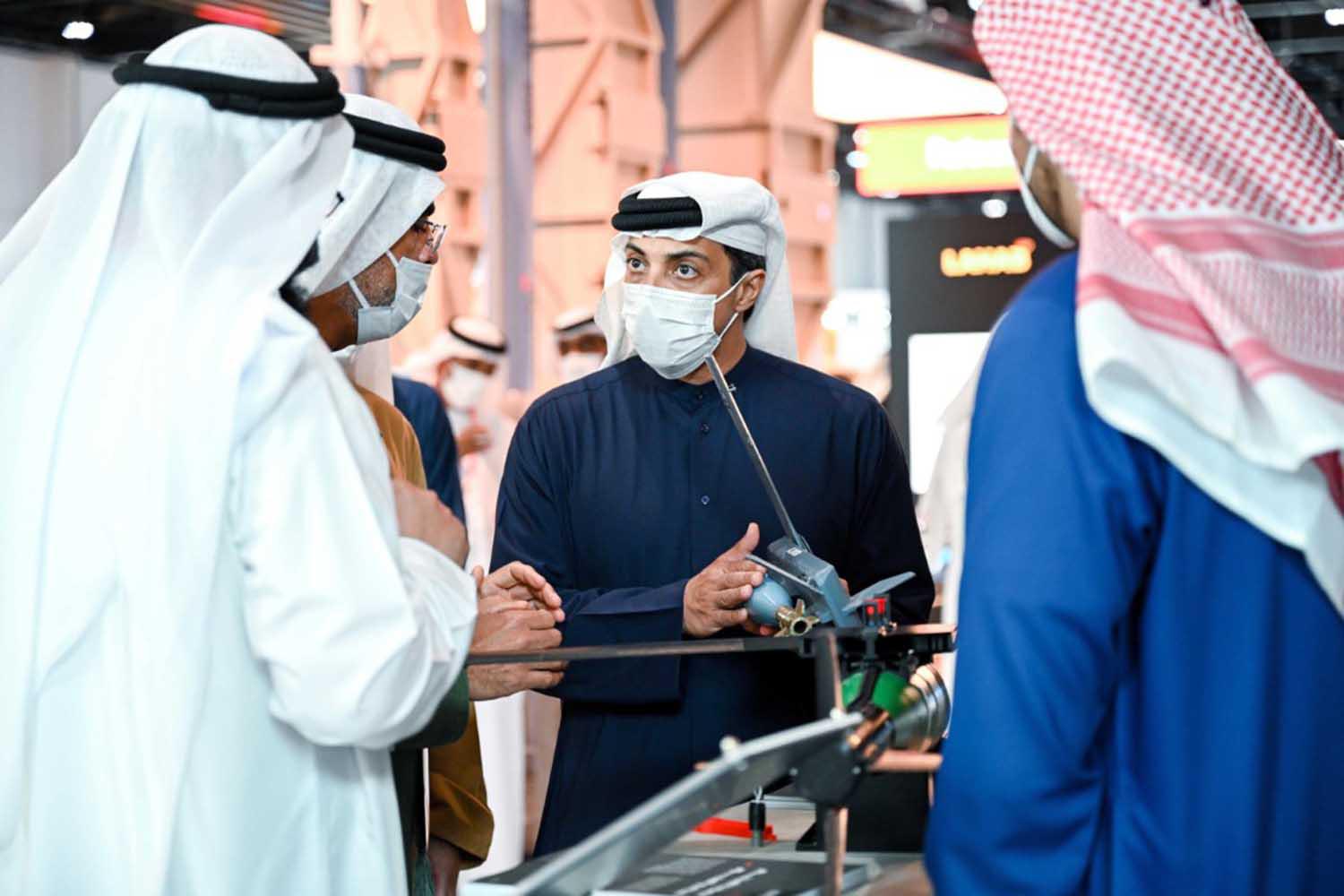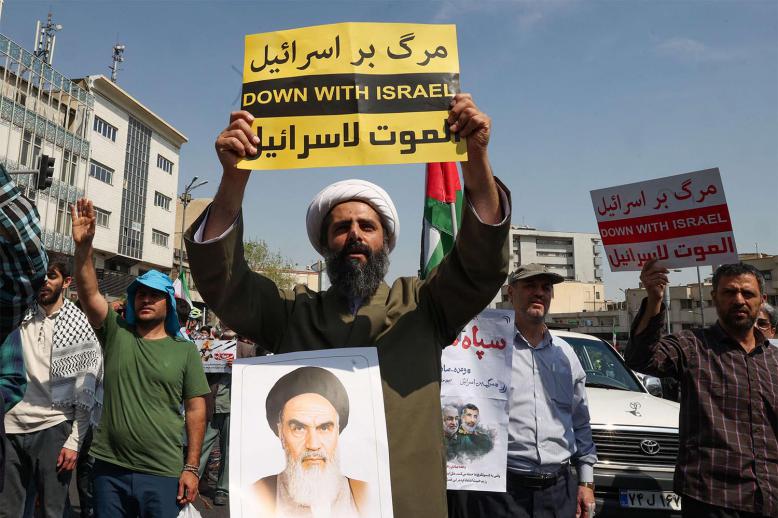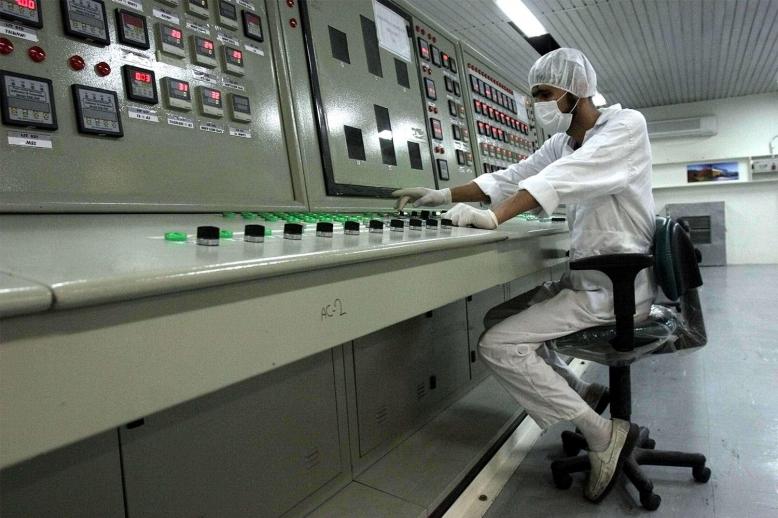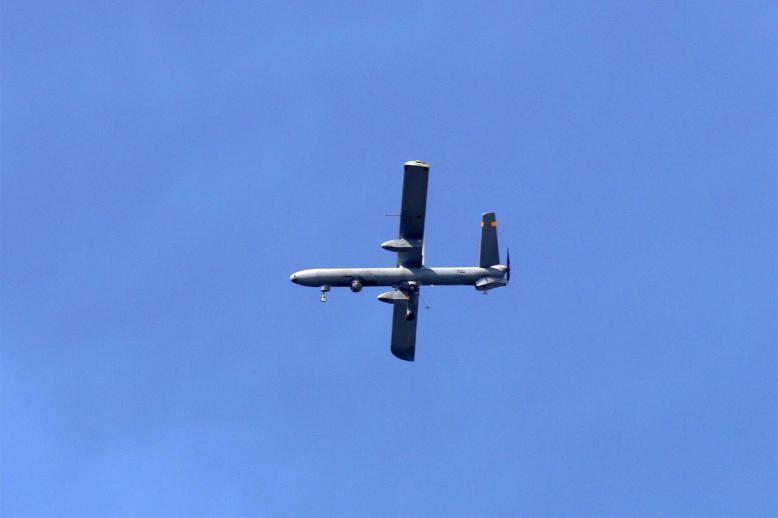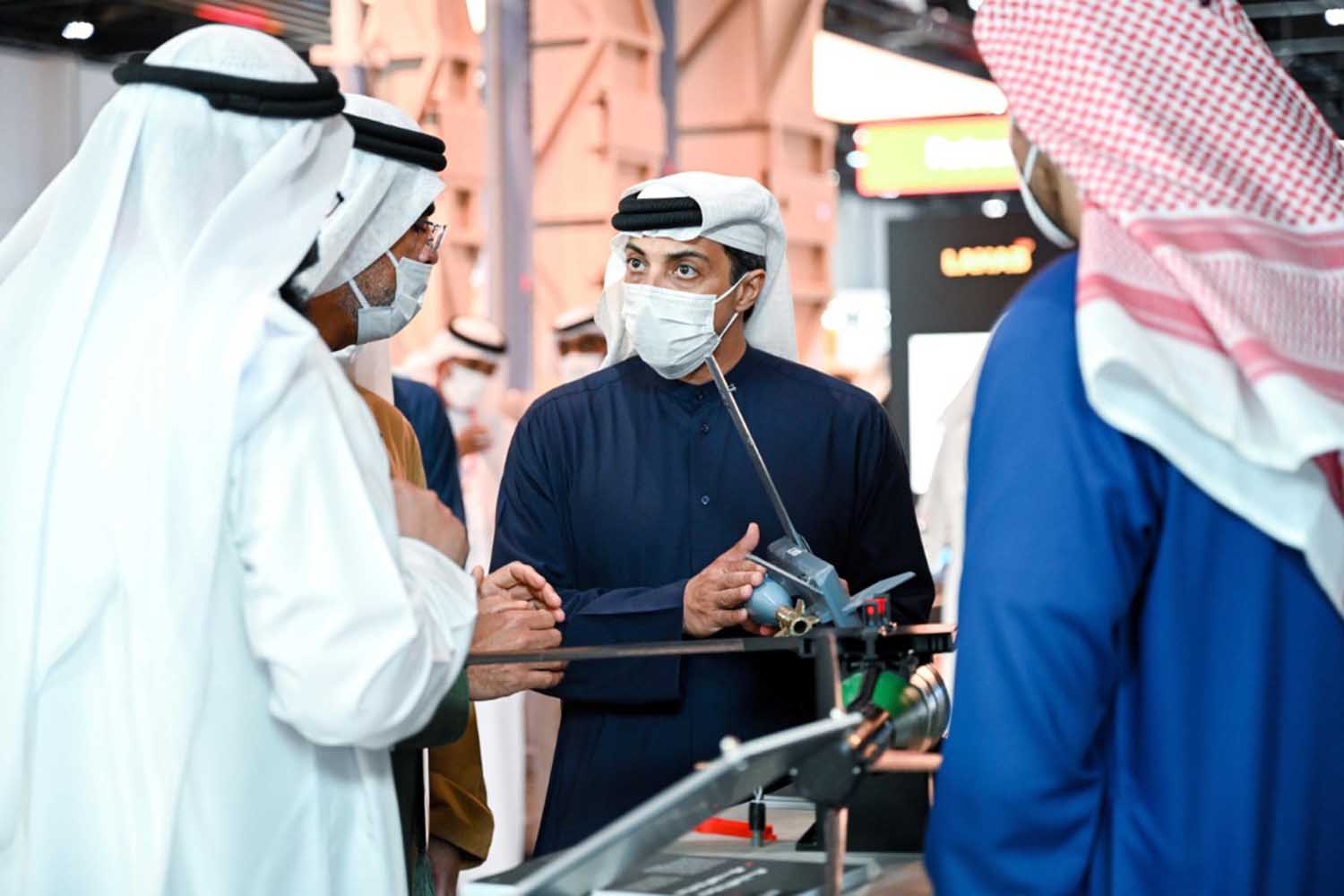IDEX 2021 draws big deals, traders despite pandemic
ABU DHABI – In spite of the surging coronavirus pandemic, major arms makers descended Sunday on a convention centre in Abu Dhabi hoping to make deals with militaries across the Middle East.
The United Arab Emirates Armed Forces signed 5 billion dirhams ($1.36 billion) in defence contracts with local and international firms, spokesman Staff Brigadier General Mohammed al-Hassani said.
The UAE unveiled $1.36 billion in local and foreign arms deals to supply its forces with everything from South African drones to Serbian artillery. Although the figure surpasses the 2019 show’s opening announcement, defence experts anticipate a drop in military spending this year as the pandemic and slumping global oil prices squeeze budgets in the Arabian Gulf.
The biennial trade fair, the International Defence Exhibition and Conference (IDEX 2021), is Abu Dhabi’s first major in-person event since the outbreak of the virus — a sign of its significance to the oil-rich country that has maintained tight movement restrictions in recent months.
Zoom wouldn’t suffice for the 70,000 attendees and 900 exhibitors who rely on the largest weapons expo in the Mideast to scout for potential clients and hawk their latest wares, from armoured vehicles to ballistic missiles.
Top Emirati officials, including Abu Dhabi Crown Prince Sheikh Mohammed bin Zayed al-Nahyan, were on hand, wandering between displays of rifles, rockets and bombs.
But with hand sanitizer as ubiquitous as sterile drone displays, the pandemic’s effects remained visible. Significant national pavilions were absent, including the United States, the world’s largest arms exporter.
Big American companies turned up but kept a low profile. Lockheed Martin representatives standing beside models of stealth F-35 fighters were present.
Israeli COVID-19 restrictions also prevented it from joining the expo, which would have been a first after it normalised relations with the UAE last year.
Scores of other countries had no qualms showing up during the pandemic, underscoring how many have boosted their arms exports in the region.
The flow of weapons in the Middle East has increased by 61% over the past five years, according to a recent report from the Stockholm International Peace Research Institute, amid grinding proxy wars in Libya, Syria and Yemen.
China, which boasts the world’s second-largest arms-manufacturing industry, enticed passers-by with a real-sized ballistic missile called “Fire Dragon.”
At state-owned Norinco, business manager Luo Haopeng remarked that China had increased its floor space this year. Beyond his company “serving” Emirati ground forces, he declined to elaborate on its ambitions in the Middle East, where China has already sold armed drones to Iraq, the UAE and Saudi Arabia.
“This kind of equipment is not like food or clothes,” he said, gesturing toward the giant missile display. “It’s all related to politics.”
At Russia’s pavilion, Chechen regional leader Ramzan Kadyrov inspected a vast array of Kalashnikovs. Not far off Poland’s WB Group showed glitzy sales videos of its “suicide drone” plummeting from great heights to blast away armoured vehicles. Azerbaijan had shown interest in the system during its border conflict with Armenia last year, communications director Marta Lazewska said, when Turkish drones helped turn the tide in its favour.
At the pavilion for Saudi Arabia, ranked the world’s largest weapons importer over the last five years, officials were trying to promote the kingdom as an emerging defense giant under its so-called Vision 2030.
The programme, pushed by Crown Prince Mohammed bin Salman bin Abdulaziz, aims to break the country’s import addiction, diversify its economy away from oil and localize more than half of its military spending.
Despite its radar and US Patriot missile batteries, Saudi Arabia increasingly has been at risk of cross-border attack by Yemen’s Iran-allied Houthi militias, which earlier this month launched bomb-laden drones that slammed into an empty passenger plane at the country’s south-western Abha airport.
A Saudi-led military coalition has been at war with the Houthis since 2015, after the militias ousted the internationally-recognised government from the capital. The conflict has created what the United Nations has called the world’s worst humanitarian crisis.
“The threats are obvious lately,” said Walid Abukhaled, CEO of Saudi Arabian Military Industries Company, a holding company owned by the country’s sovereign wealth fund. “You have drones that come from aggressive countries … you have some missiles fired every now and then.”
Routine aerial attacks and rising tensions with Iran could help fuel military spending in the region even as defense intelligence provider IHS Janes expects such expenditures in the Gulf to drop 9.4 percent to $90.6 billion in 2021, a result of the economic destruction wrought by the pandemic.
“We’ve come back to the early part of 2020 where again Iran is a potentially big threat,” said Charles Forrester, senior analyst at Janes, referring to a series of escalating incidents that pushed the US and Iran to the brink of war last year.
“If Iran goes into a major rearmament programme or starts to flex its muscles, that’s where missile defence and air defence systems come in,” he said. “As we’ve seen, a very simple system can attack you.”

